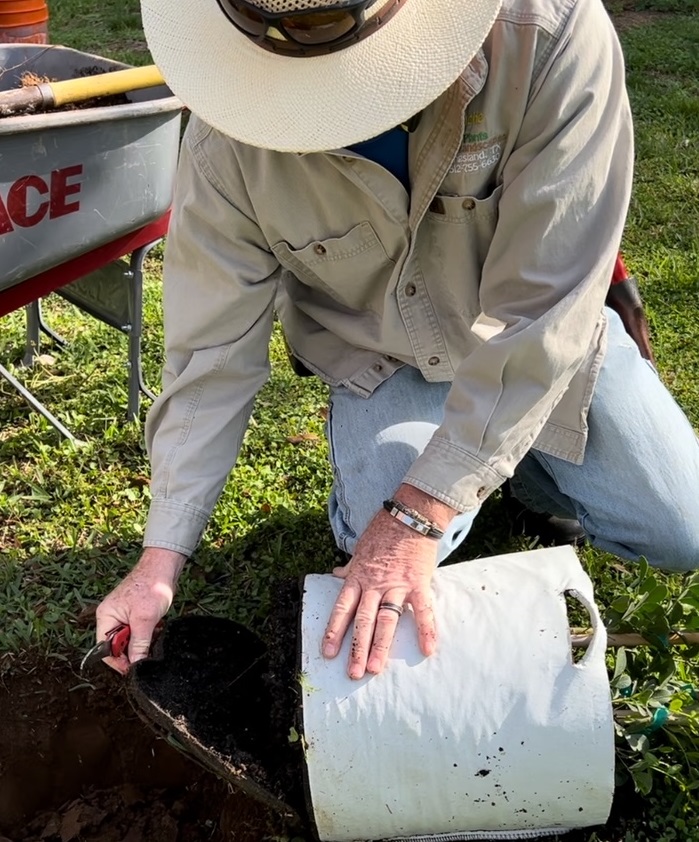Oak Wilt Pruning
Those of you who have heard the adage “February through June DO NOT PRUNE” probably know that it is in reference to the spread of Oak Wilt. We avoid pruning Oak Wilt susceptible trees like Live Oak and Red Oak during the time that the Nitidulid Beetle is active. This beetle has been identified as a vector of the Oak Wilt Fungus. It feeds on the sweet, sticky fungus that forms under the bark of infected Red Oaks in the spring, and can transmit that fungus to open wounds on Live Oaks or other susceptible Oaks.
Members of the Red (or Black) Oak group are the most susceptible to the Oak Wilt Fungus. This includes Live Oak, Texas Red Oak (Spanish Oak), Shumard Oak, Blackjack and Canby Oak.
Here is more helpful information on the identification and control of Oak Wilt Fungus:
While application of pruning paint to fresh wounds is NOT recommended when pruning other species of trees, it IS recommended when pruning Oak Wilt susceptible trees. The paint covers up the scent of the newly cut wood which the Nitidulid Beetle is attracted to. It is important to paint the wounds within 10 minutes for it to be effective.
With Oak Wilt appearing in so many locations in Central Texas, it is safer to complete pruning by February 1st, before the temperatures become mild and the Nitidulid Beetle becomes active after the winter months. Since this beetle is responsible for transmitting the Oak Wilt Fungus in February through June, we limit pruning of Oak Wilt susceptible trees to the really hot months and the really cold months when the beetle is not as active.
Arborists agree that making the cut at the appropriate place (which is just outside the branch collar) is critical for protection from ANY disease. For more on pruning correctly, please visit:
https://aggie-horticulture.tamu.edu/earthkind/landscape/proper-pruning-techniques/





Leave A Comment